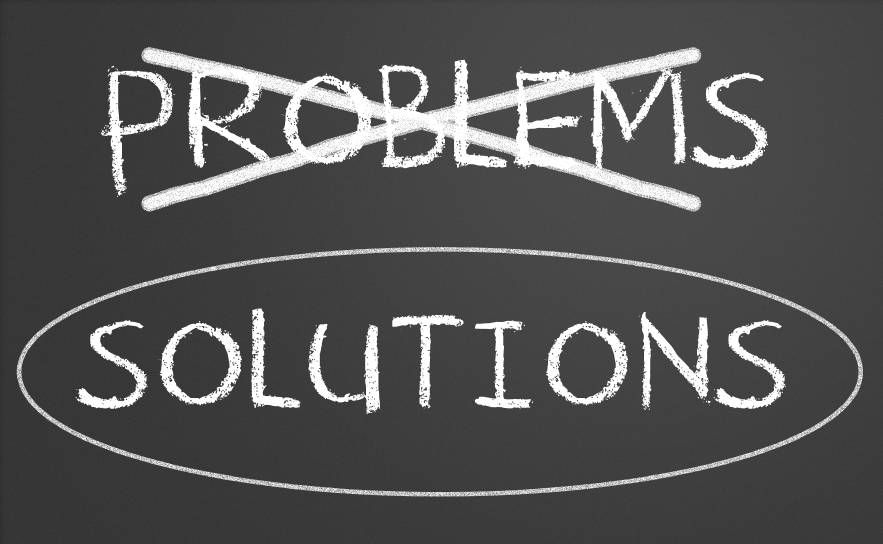Change is hard. Continuous change is draining. Leading change is hardest of all.
Why? Because leaders have to deal with both ends of the stick – they have to make sense of change for themselves, while simultaneously helping others to navigate through unfamiliar, choppy waters.
Many industries today have seen their fair share of change. Be it political, economic and social change, businesses often find themselves faced with change or die. And there are no magic bullets, despite what the gurus may say. At best you can make the change less painful or shorter in duration, or ensure that the pain is less deep and disabling.
Yet so many organisations and their leaders stubbornly adhere to either the ‘magic bullet’ theory or the ‘head in the sand’ theory. We spend much of our time as consultant helping leaders see the reality that there are no magic bullets, no fads, no quick fixes that will make change and the acceleration of change go away.
You know it yourself ‚Äì perhaps you’ve tried Lean, Results Based Accountability, Kaizen, Six Sigma … hoping the tool would be the answer to your company challenges.
Let’s not disparage the tools; each of them has been proven in some instances to be positive change vehicles. The problem is that for many leadership teams that need to make a difference, they can become a seductive trap.
And every time leaders attempt to introduce the latest tool or process their team want to stick their heads in the sand because they are change weary and cynical. UK leadership expert Keith Grint said it well when he coined the phrase of the BOHICA effect to describe these magic bullets: “Bend Over Here It Comes Again!”
The tools aren’t the problem, but the leader’s need to see them as the answer is and the implementation at a purely intellectual level causes all sorts of problem. What we must instead see is that people are always the answer, never tools ‚Äì and people change on four levels ‚Äì IQ, EQ, Body and Vision. To embrace change people have to get it on a mental, emotional, physical and purposeful level.
To build a strong, resilient and sustainable company that handles change organisations should banish reliance on the magic bullet and instead focus on developing leaders who practice some of the universal truths about people and change:
- IQ: “Good practice is contagious ‚Äì but so is bad practice!”
- EQ: “People change from the heart outwards.”
- Body: “People believe what you do, not what you say.”
- Vision: “If you are selling hammers, you will only look for nails.”
Being a change leader is challenging but by understanding four levels on which people change and the pitfalls unique to each level – you boost your chances of a successful transformation. Your organisation flexes with the shifting sands in competitors, markets, and technologies – leaving your rivals far behind.





